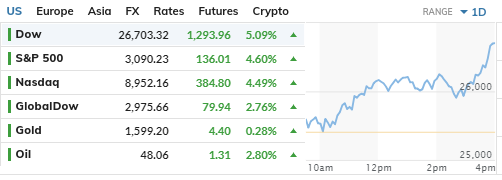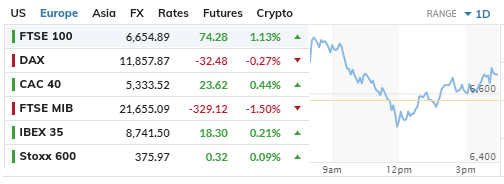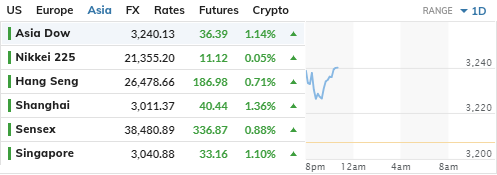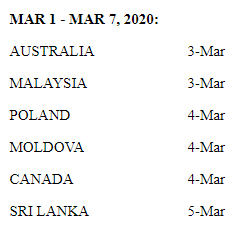The recent selloff in financial markets globally has raised an important question i.e. is it just the impact of the pandemic #coronavirus or is the something more than what meets the eye?
The Denominator of all the charts in this thread will be common i.e. US 10YR Treasury Notes which represents the lowest risk asset class.
We will continue to add more such observation in the thread this week.
Such kind of out performance
We will continue to add more such observation in the thread this week.
Its a chart that reflects the relationship between inflation versus risk free rate of return.
Remember Crude peaked in 2008 at
The next observation is between small caps & US10YR T Notes.
This helps understanding FII flows in & out of an emerging market like India. I've been tracking this for a pretty long time & have found it to be handy especially around the time of a major trend reversal.
Money divested out of Indian Equities invested in US10YR T Notes for short term till an alternative source to invest is found
Stay tuned for our next chart on relative strength.













